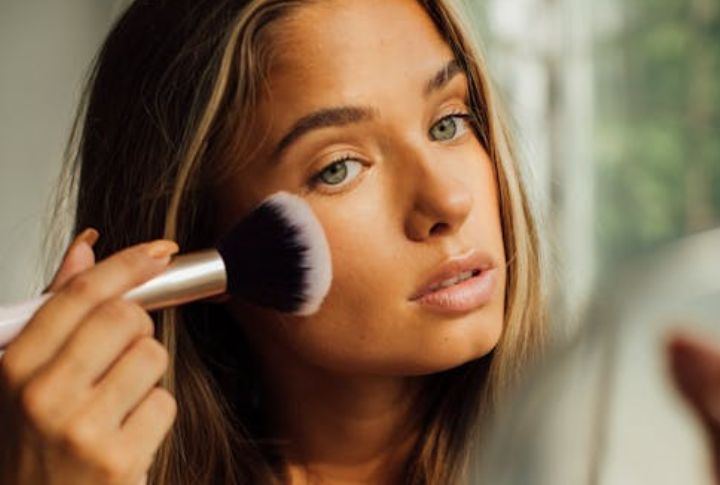
Blush is often overlooked, set aside until its impact is truly needed. Yet with one precise swipe, it adds a refined flush that brings balance and polish to your look. Cream formulas and muted tones particularly help create a finish that feels natural and requires minimal effort. Discover how—because once you master these tips, you’ll never skip blush again.
Nail Your Undertone Match
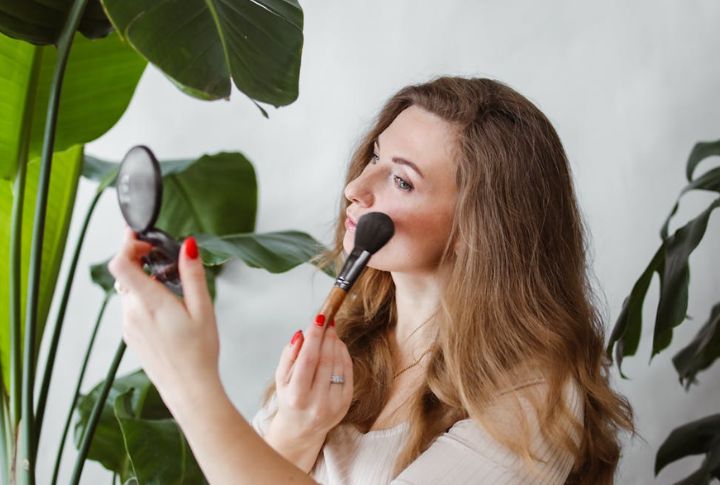
Peach shades accentuate the warmth in golden undertones, while rose tones naturally brighten cooler skin tones. Neutrals can pull off almost any color, and olive undertones often look their best with a hint of apricot. Long ago, Egyptians used red ochre for blush, and even now, the right pick saves skin from clashing pinks.
Pick The Perfect Texture
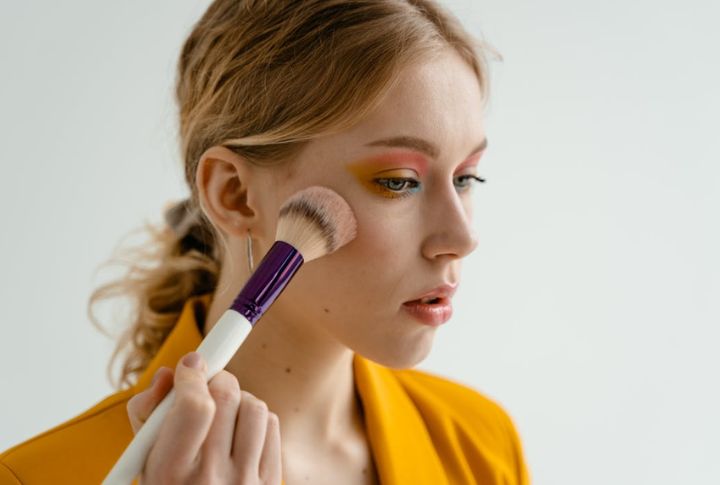
Once you know your undertone, the next step is to select a texture that complements your skin’s natural behavior. Powders help control shine on oily days, while creams add softness when skin feels dry. For long wear, liquid stains hold color all day, and stick formulas add convenience by working as both blush and lipstick.
Map Placement To Face Shape
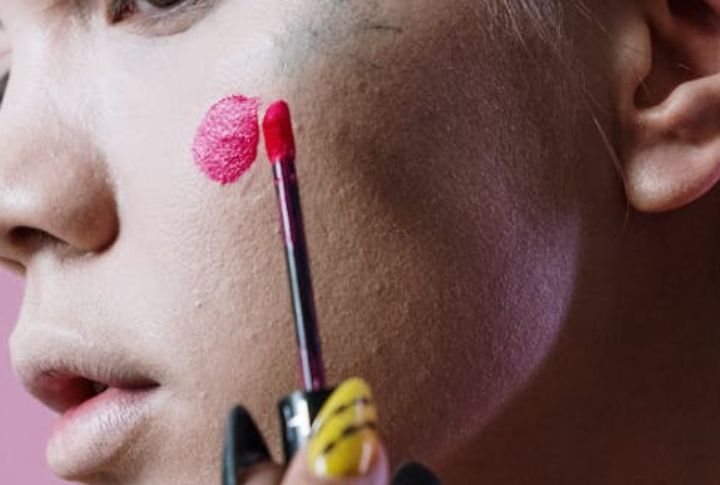
After finding the right texture, it’s best to place blush where it flatters your face shape the most. Color on the apples brings a round face to life. Adding lift near the temples balances out square angles. Draping along cheekbones suits heart-shaped faces, and soft strokes across cheeks shorten longer features without looking forced or too sharp.
Choose The Right Tool
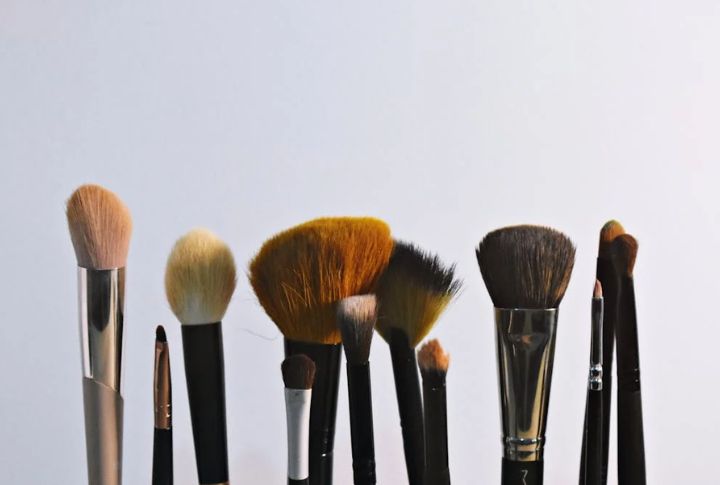
Placement works best when paired with the right tools. An angled brush sweeps on powder smoothly for lasting wear. Cream blush blends easily with a damp sponge, maintaining a soft and even texture. Fingers add the finishing touch, reaching areas brushes miss and bringing everything together for a balanced, polished look that feels graceful.
Layer Sheer To Bold
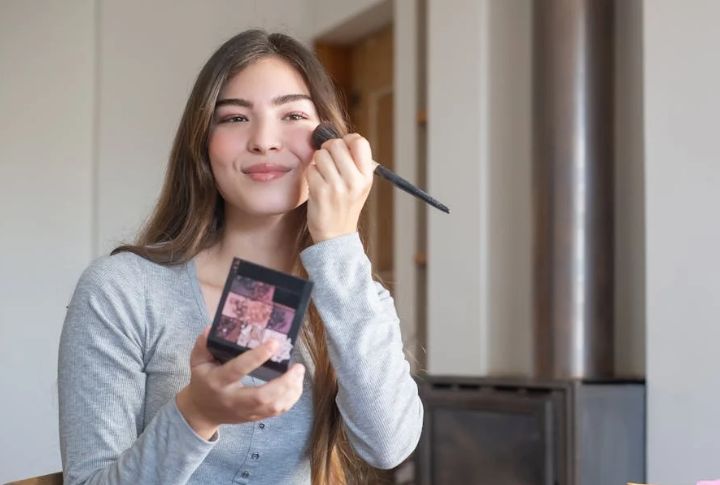
Apply color in light layers to keep the finish soft and wearable. A cream base topped with powder helps it stay put all day. Mixing two or three tones further adds depth and lift. This technique isn’t new, but it’s become a go-to again for a naturally polished look.
Set For All-Day Stay
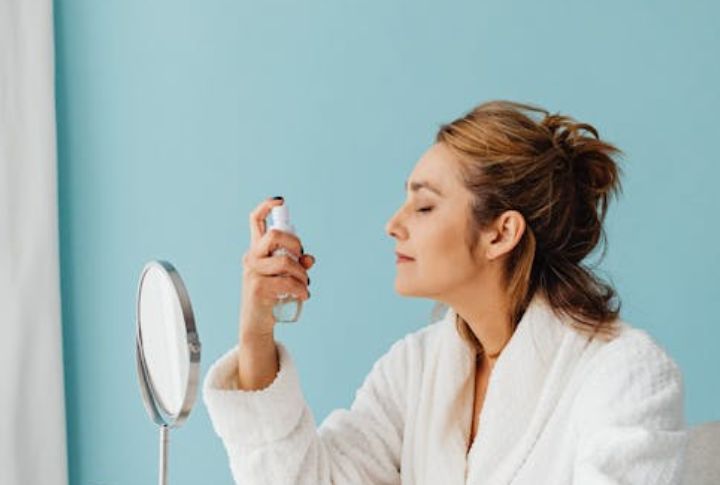
Locking in blush is just as important as choosing the right shade. A light dusting of translucent powder keeps cream or liquid formulas in place, and a setting spray finishes the look with a soft blur from silica. Centuries ago, Kabuki actors used rice powder for the same reason: to keep their makeup fresh and long-lasting.
Respect Skin Type
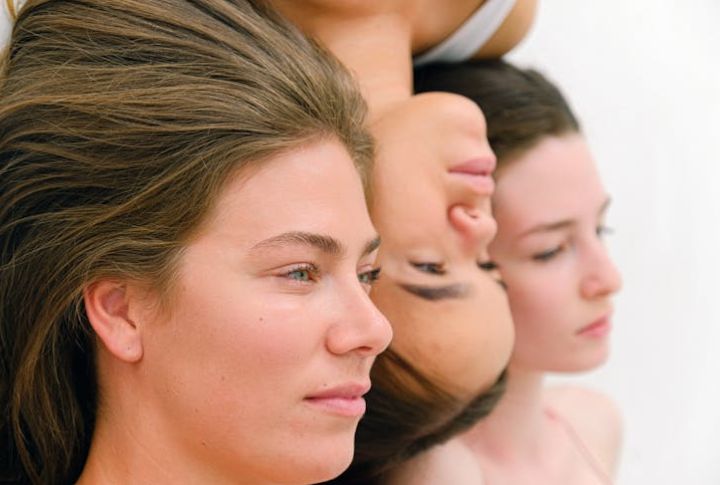
After setting your base, consider what works best for your skin. Non-comedogenic blushes help prevent clogged pores, especially during breakouts. Creamy formulas with hyaluronic acid, on the other hand, add moisture to dry skin. K-beauty options also often include skin-friendly extras, and even powder blush now contains probiotics, showing that color and care can easily go hand in hand.
Mind Lighting And Occasion
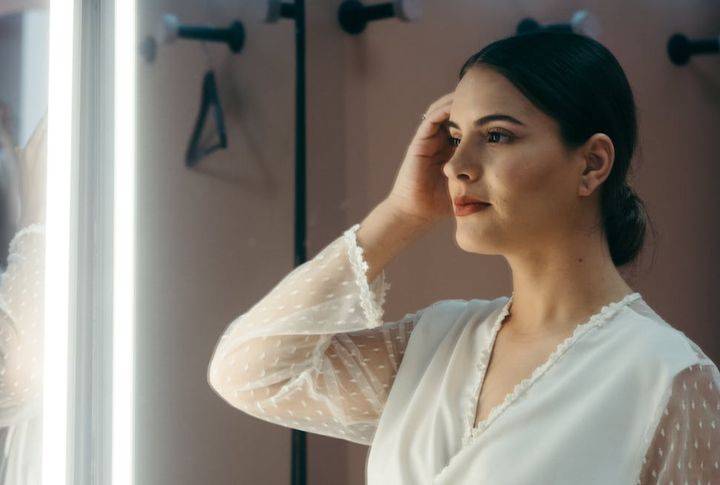
Choosing a shade that suits your skin works best when you consider the lighting. Bright tones pop in daylight, and softer shades flatter under a camera flash. Candlelight further brings out warmth in coral and bronze. Stage lights, in particular, can shift color, so testing blush under LEDs helps keep the look just right.
Go Monochrome
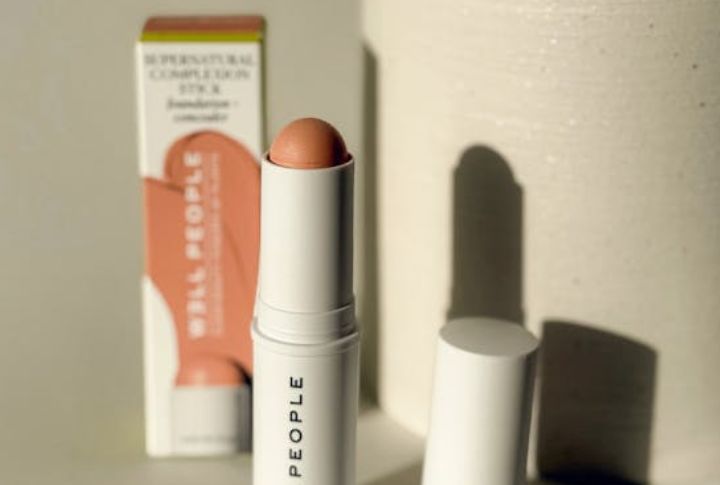
One matching hue across your face ties the whole look together fast. Many reach for eye-safe sticks that handle every spot with no extra fuss. In 18th-century France, for instance, women popularized the single-tint style. That same trick still saves time today and keeps makeup polished without requiring the juggling of too many products.
Keep Tools And Products Clean
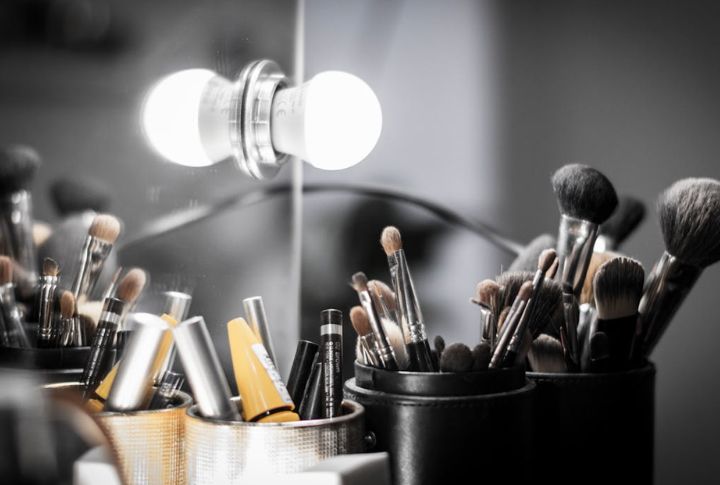
Brushes hold more than just blush, which is why regular washing helps keep both breakouts and dull color away. Cream formulas typically last about a year, while powders can last closer to two years. On movie sets, artists also clean brushes between actors to maintain hygiene and color accuracy—proof that fresh tools keep skin calm and results consistent.
